
Our Blog

February 6, 2024
Know Your Horse Inside Out
While we may all be aware of the importance of knowing and keeping track of our horse's vital signs, such as temperature and respiratory rate, more fundamental factors, such as forage and water intake and appearance and consistency of manure, can be overlooked.
Knowing what is normal for your horse can provide critical information and even some early indicators that something is not quite right that may impact performance.
Water Intake
Monitoring your horse’s water intake can be difficult. An effective way to do this is to monitor your horse’s water intake over a week during their regular routine and take an average of this to gauge their typical daily intake. You should then keep a record of this as a reference point for when competing away and as a general health indicator.
As a guide, a standard Stubbs water bucket is 25 litres, and tub trugs typically used for water range from 26 to 75 litres (this information is generally stated somewhere on the bucket).
Remember that if their routine, exercise or diet changes, this may impact water intake. For example, if they are fed haylage, their water intake is likely to be lower than a horse fed on hay due to the moisture content of the feed. Equally, if they exercise more, their requirement for water is likely to increase.
As a baseline guide, a horse requires around 5 litres of water per 100kg body weight (approximately 25 litres for a 500kg horse); however, the requirement will depend on age, exercise intensity, type of feed, heat and ambient temperature and degree of sweating. For example, an increase in temperature from 13 to 21? will increase a horse’s requirement for water by 15-20%.
Forage Intake
As well as water, it is also useful to know how much horse hay feeds or haylage your horse typically eats; if you have a horse that is out on grass 24/7, then this step can be skipped.
Over a week or so, weigh the horse hay feed or haylage provided daily and then weigh any removed to get an idea of your horse’s average daily intake. Note that if you soak or dampen hay, this may skew the values slightly, and it is always best to weigh the hay dry where possible to give a more accurate indication of intake.
If you haven’t got a set of weighing scales available, these are incredibly handy, and a digital ‘luggage’ weigh scale is easy to find and purchase online.
As an absolute baseline, a horse requires a minimum of 1.5% of their body weight in dry matter per day to satisfy normal digestive function.
As a rough guide, a 500kg horse where hay (assuming 85% dry matter) is their only forage source would require 8.8kg; where horse haylage (assuming 70% dry matter) is their only forage source, they would require 10.7kg. Forage can include hay, haylage, grass and any high-fibre bucket feeds.
The overall required intake for performance horses can increase beyond this, depending on workload, weight, and condition. If you are unsure or want to double-check, do not hesitate to get in contact with our expert nutritionist.
If you would like guidance on exactly which horse haylage or hay is best suited to your horse, we can help you determine this.
Manure
Knowing what is normal for your horse regarding their manure is just as essential as knowing their typical vital signs, such as temperature and respiration rate, and can be a crucial indicator of digestive function and overall health.
As such, introducing any change to diet or routine can be an excellent indicator of how the horse is coping.
As there can be significant variation between individuals, and day-to-day changes can be expected for some horses, ensure that you observe what is typical for your horse under their normal routine and circumstances.
Consider the following
Control: Time it takes to defecate (average is around 15 seconds)
Frequency: How many droppings per day. Bear in mind that this can vary depending on several factors, one of which is diet and, therefore, may change throughout the year. On average, mares and geldings defecate 6-12 times daily, but this frequency can double with foals and stallions.
Consistency: Ideally, faecal balls should be moist but not too wet. However, for some horses, this isn’t their ‘normal’. The material within droppings should be well broken down with no recognisable evidence of long fibre lengths or other feedstuffs. Consistency may change in the short term (for a few movements) post exercise/travel, and this is normal; however, if this change in consistency occurs at an unusual time or is persistent, this may indicate digestive disruption.
Colour: Manure colour is typically a shade of green. This can change depending on diet; a lighter green colour is seen with the consumption of lush grass, turning a browner tone hay from a lower-quality hay supplier.
Smell: Changes in smell can coincide with dietary changes. Notably, strong-smelling manure can result from rapid dietary changes or high parasitic burdens.
Weight and Condition
You can monitor your horse’s body weight by using a weigh tape (or weighbridge if you have access to one) on a weekly basis. If you do not have access to a weighbridge routinely, if you do get the chance to use one, use your weigh tape simultaneously to get an idea of how accurate your tape is for your horse.
As weight can fluctuate during the day depending on your horse’s routine, try to weigh at the same time each week. Bear in mind that weight can fluctuate by as much as 30-60kg just from heavy exercise or travelling and as much as 5kg just with general feed and water intake, defecation, urination and hydration, so do not focus on each weigh-in in isolation, try and look at the big picture and trends over time.
Also, remember with performance horses that muscle weighs more than fat, so it is conceivable for absolute weight gain to relate to improved performance. This is where using body condition scoring alongside monitoring absolute weight can be helpful, as this essentially appraises how much body fat a horse carries. Keeping a record of this information will allow you to look for any association with performance, which can help you fine-tune management.
Knowing your horse inside out consists of monitoring their water intake, manure, weight and condition.
Throughout competition season, keep a diary of your horse’s water and forage intake, manure, and body weight before and after competition - these can be really useful factors to consider when reflecting on a season and help optimise management for the future. As a hay and haylage supplier, our products and expertise can help your horse perform at its best all year round.
For further information on getting to know your horse, check out our other blog posts or get in contact with our expert team and dedicated nutritionist today.
Frequently Asked Questions
For a horse with laminitis, what M&T Haylage product would you recommend?
Laminitis is a condition which affects the hooves of horses and ponies. Owners will typically want to reduce their horses' sugar intake, with a suitable forage choice needing to be less than 10% ESC (Simple Sugars). We would best recommend our M&T 25kg Strapped Timothy Hay. Suitable for horses and ponies, our first cut timothy is high-fibre and low-calorie forage and a great option for those prone to laminitis.
When making any changes in forage type, ensure that you do this gradually, over a period of 14 days.
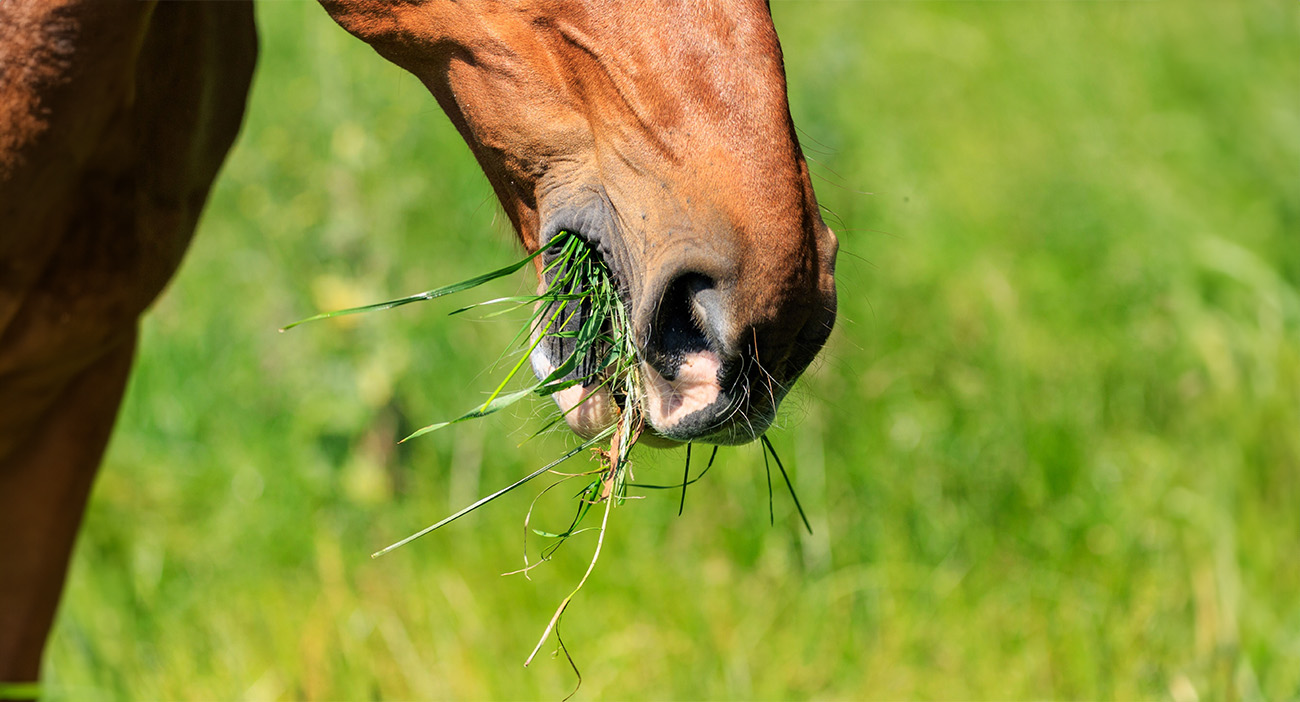
July 16, 2025
Do Horses Need Hay in the Summer?

May 22, 2025
Changing Your Horses Diet From Winter to Spring

April 4, 2024
Eat, Sleep, Compete, Repeat
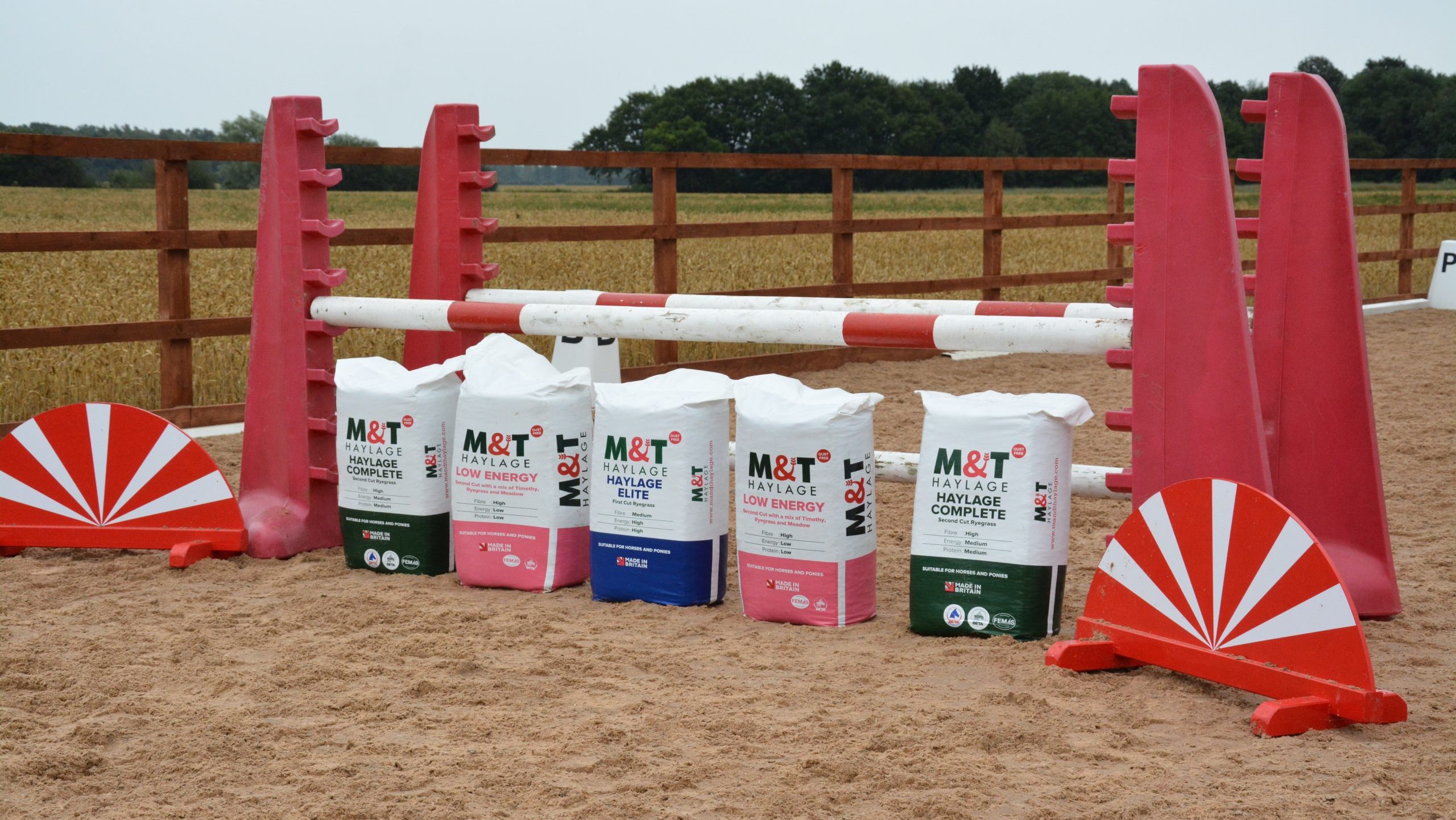
March 8, 2024
Top Tips For Managing Forage On The Go: Part Two

March 8, 2024
Consistency Is Key for Horses

February 19, 2024
Don’t Underestimate The Value of Preparation

February 6, 2024
Know Your Horse Inside Out
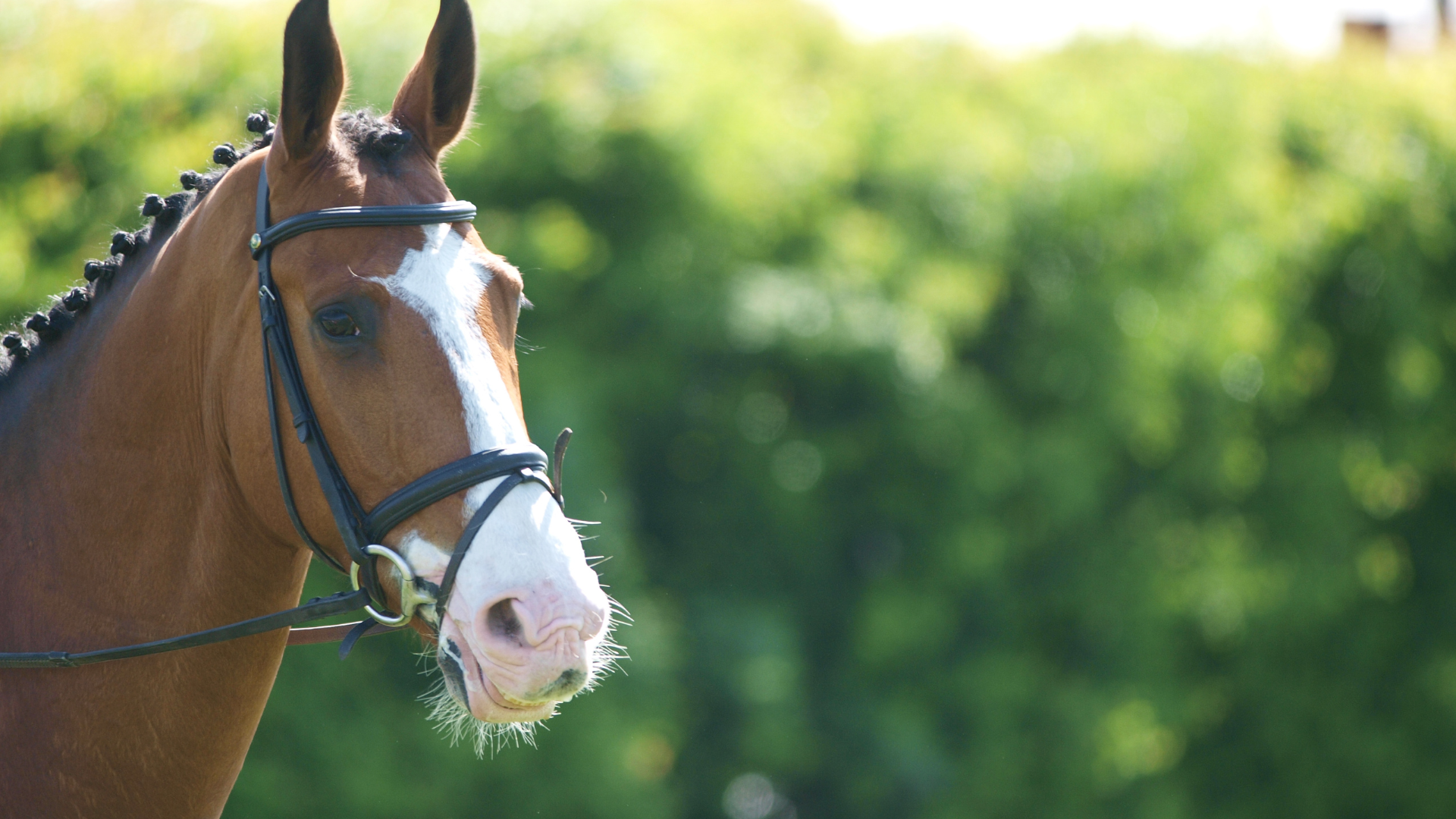
December 11, 2023
How To Get The Most Out Of Your Horse Forage During Winter

November 7, 2023
Which Hay Shall I Feed My Horse or Pony?

September 14, 2023
Hay Exportation – Why Choose British Hay?
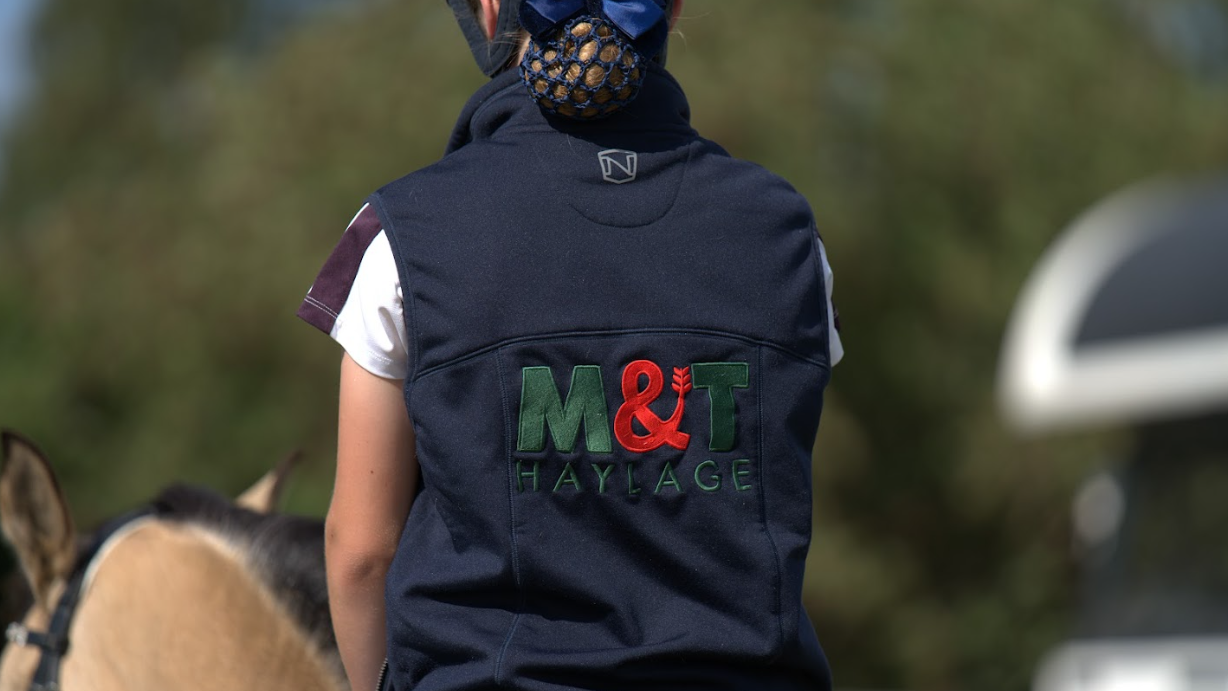
March 3, 2023
Hay vs Haylage: Which Is The Right Option For Your Horse?
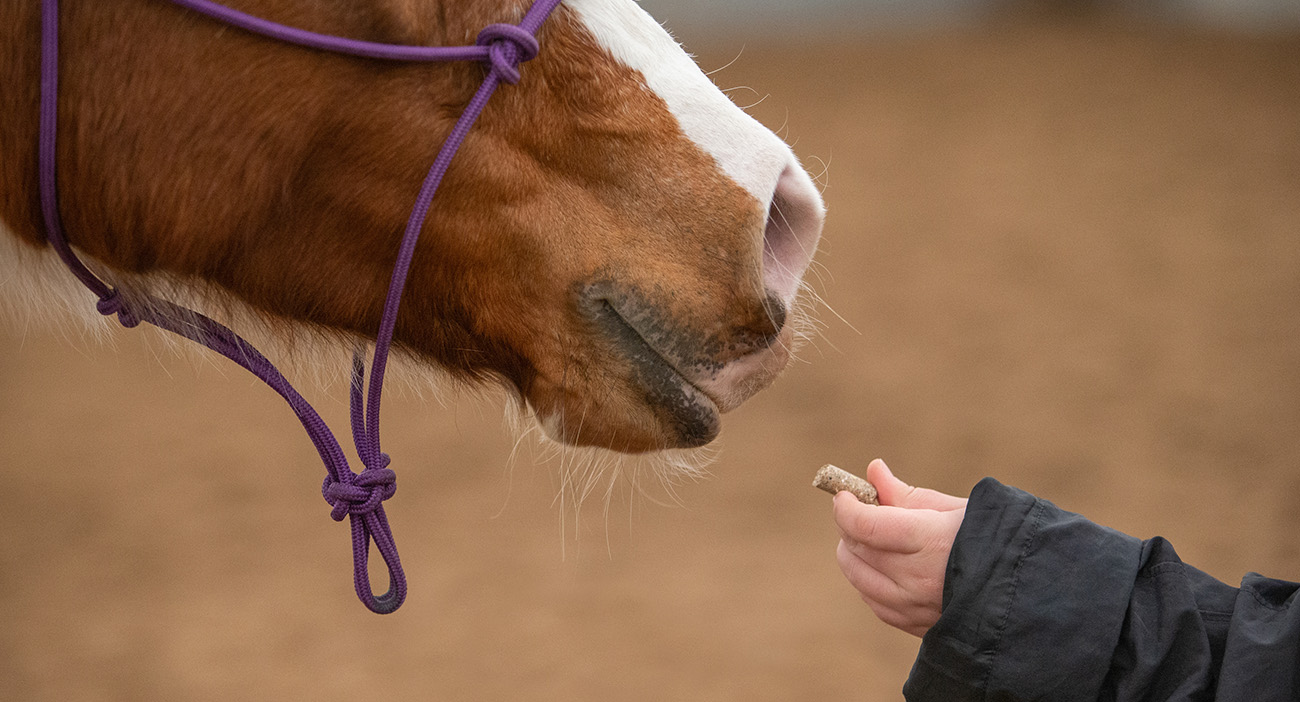
January 13, 2023
How To Bring A Horse Back Into Work After A Break
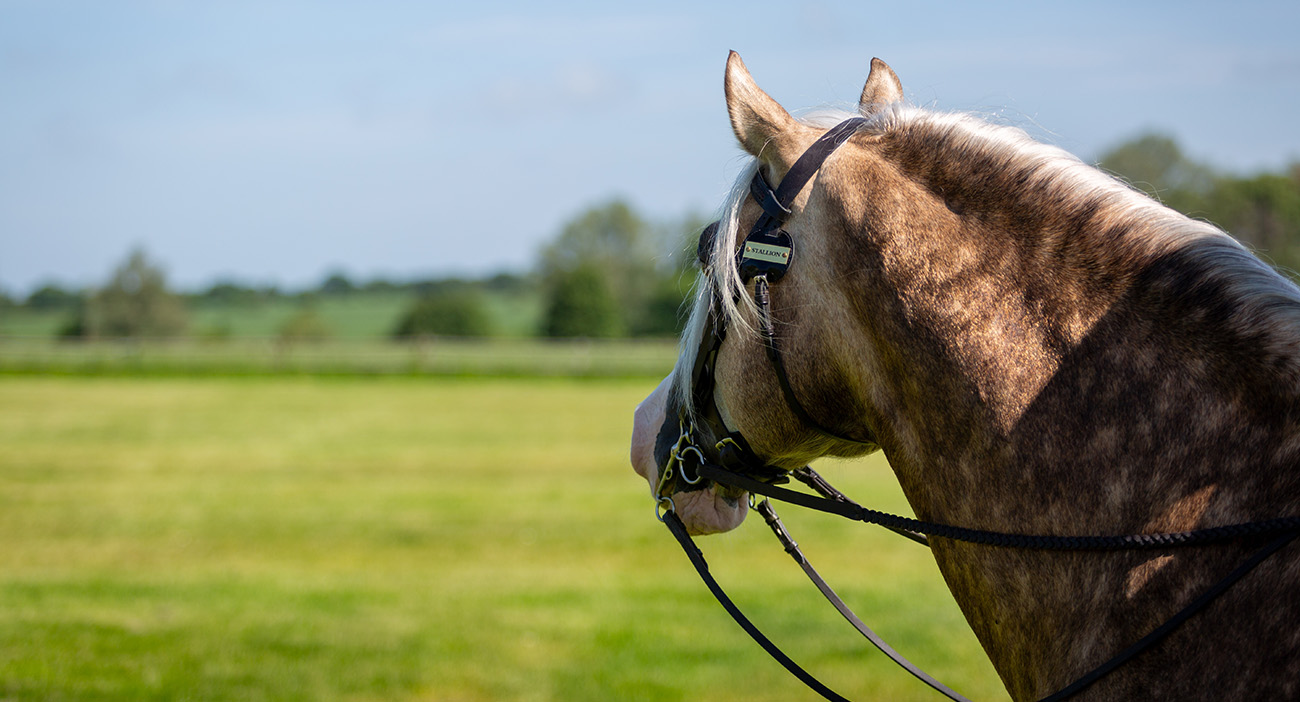
November 23, 2022
How To Body Condition Score Your Horse
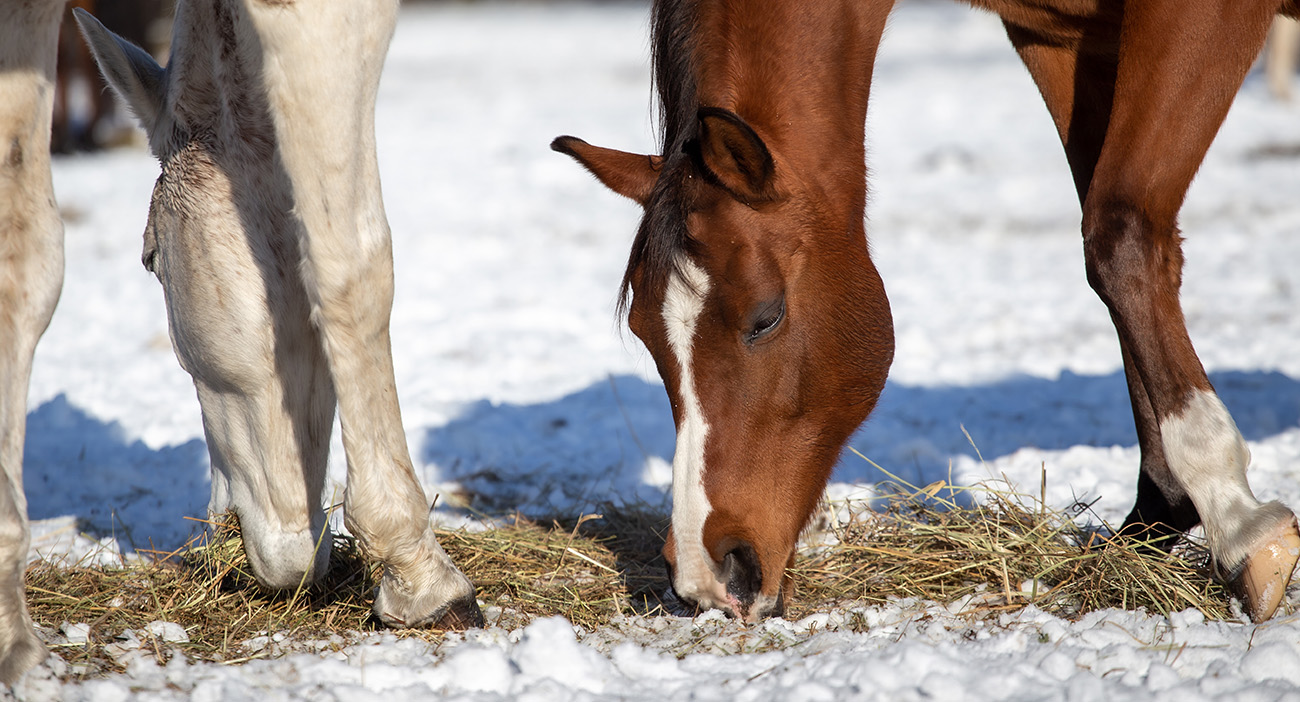
November 7, 2022
Winter Feeding Tips For Horse Owners
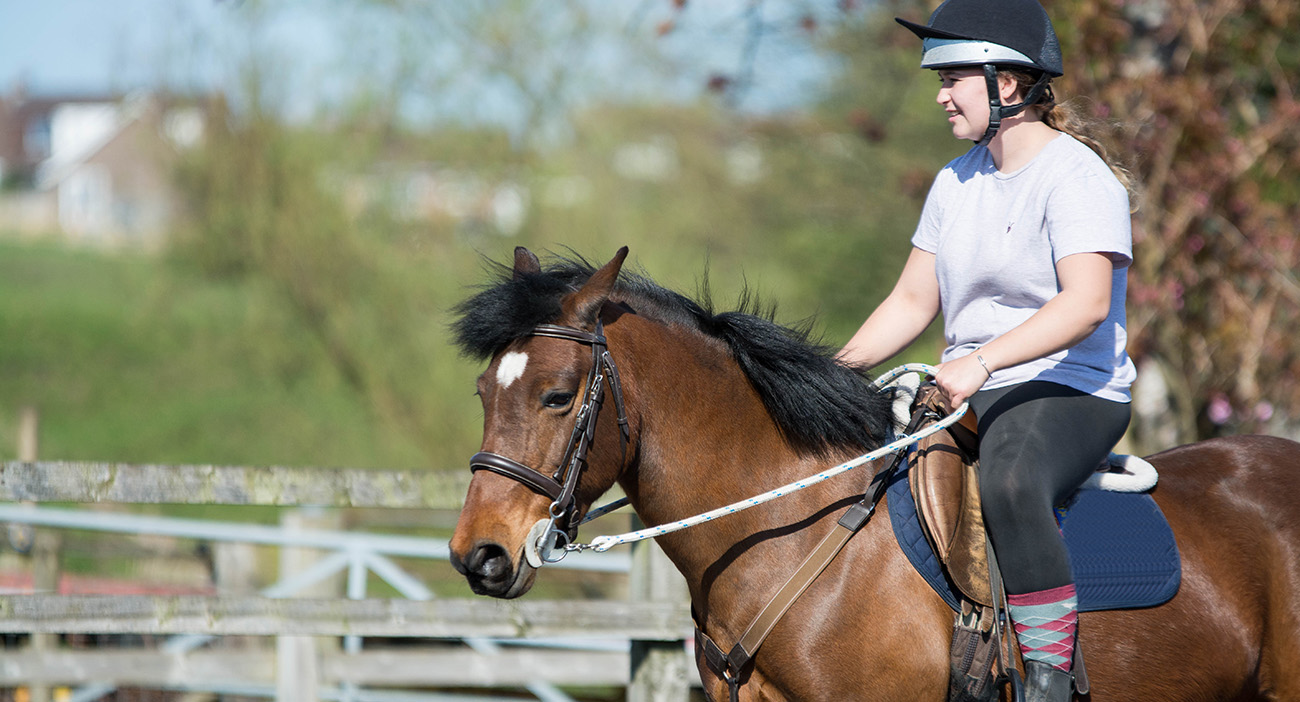
October 20, 2022
Money Saving Tips For Horse Owners
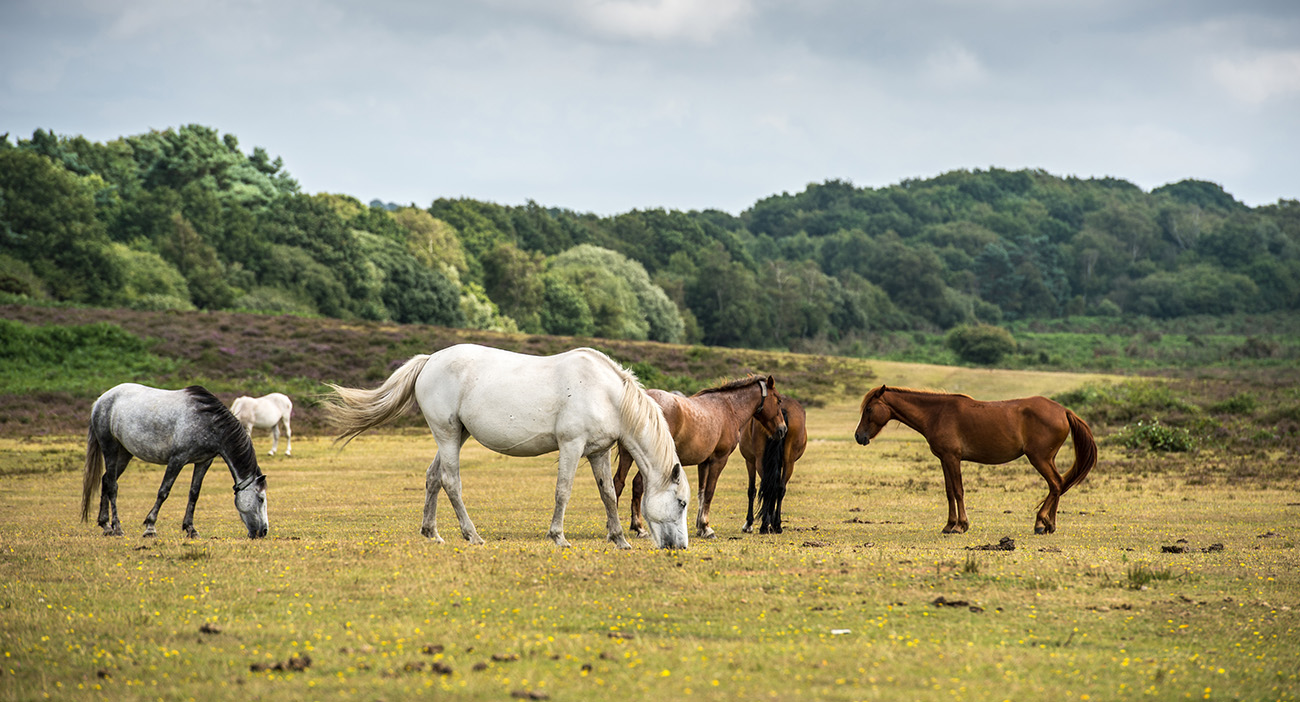
October 3, 2022
8 Ways To Keep Your Horse Entertained

September 30, 2022
Equestrian Question and Answer Session: Sophie Platt
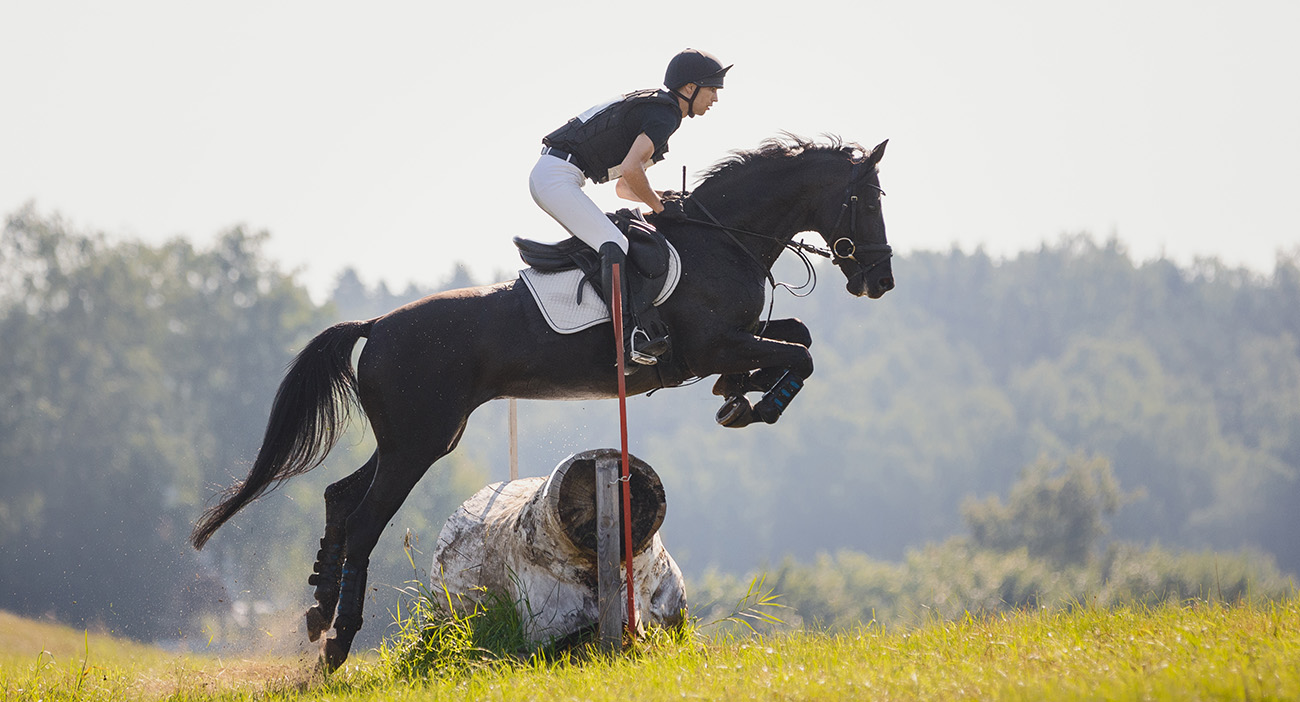
August 25, 2022
Preparing Your Horse For Competition
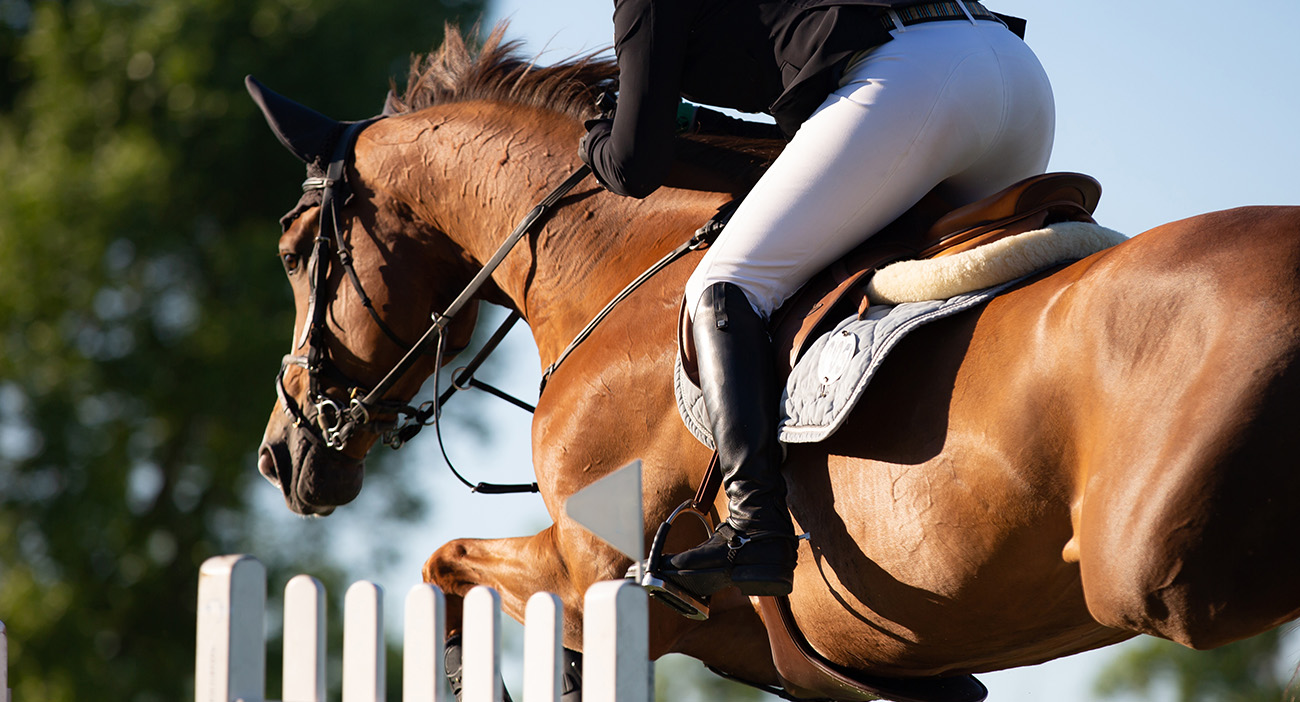
July 28, 2022
What Is Normal For My Horse?
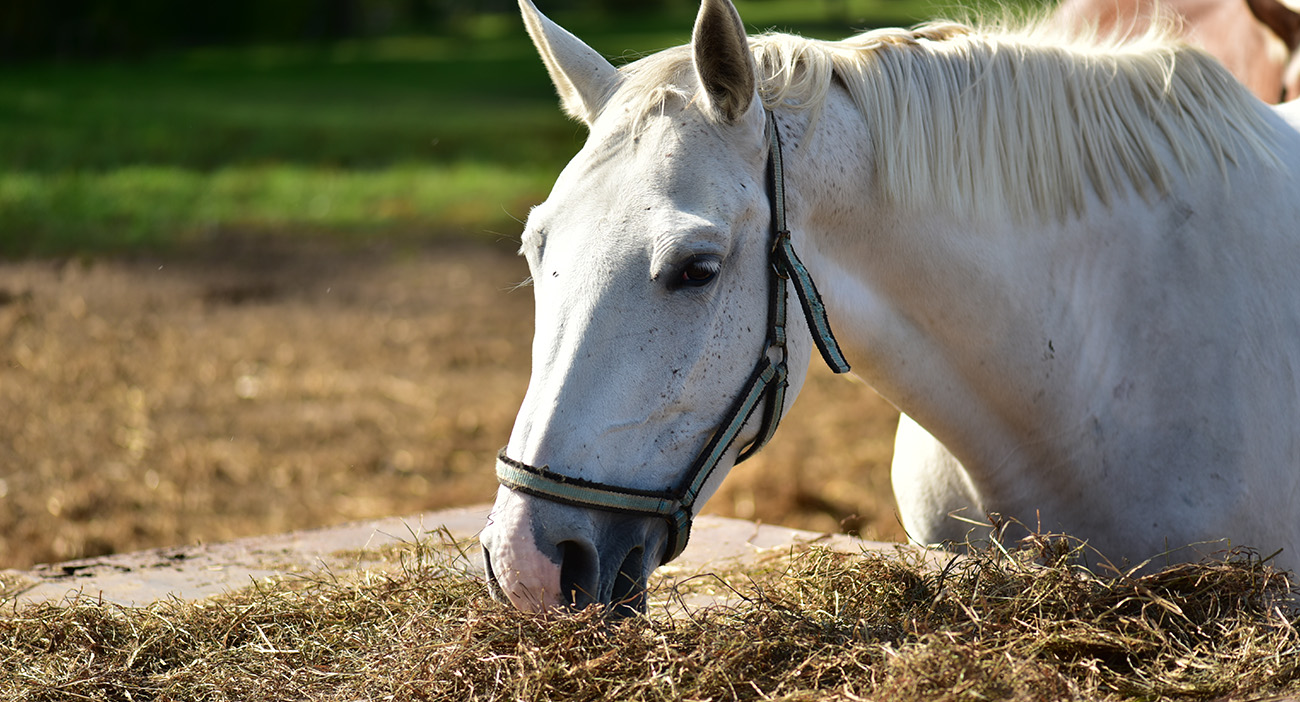
June 30, 2022
Compeition Horses: Managing Forage and Water Intake
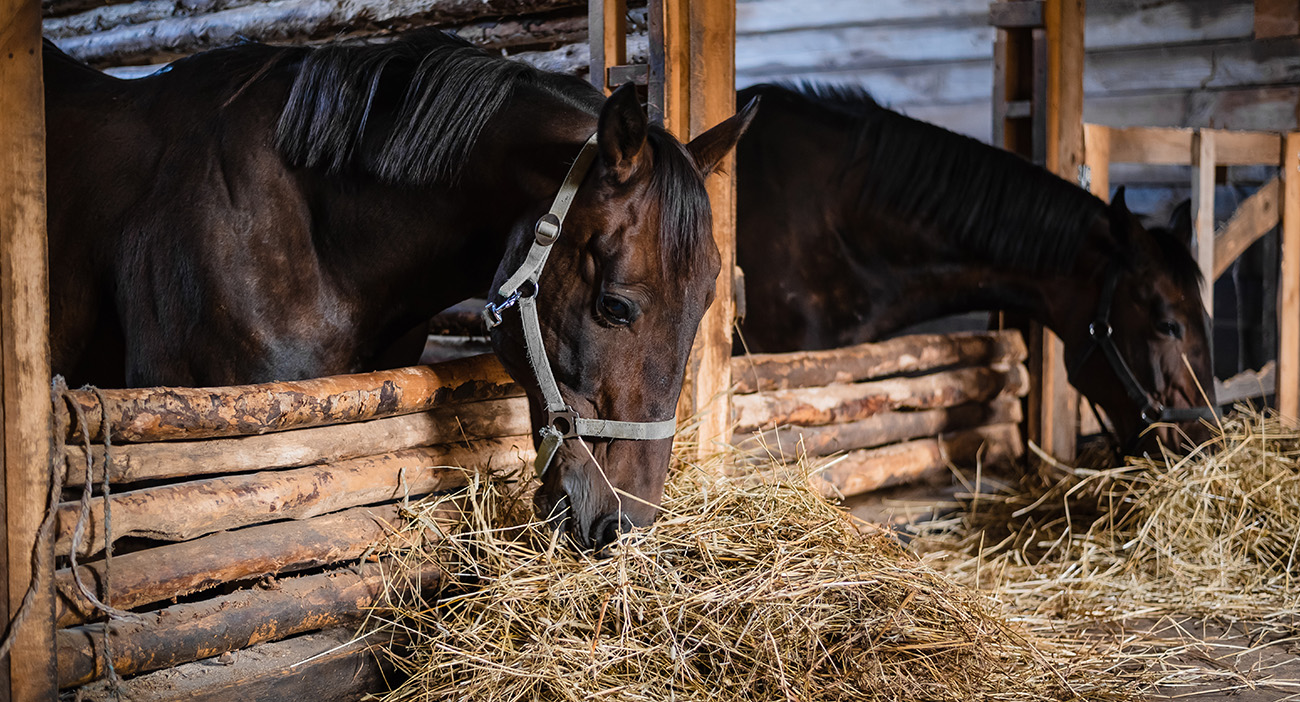
October 1, 2021
How To Feed EMS Horses: Nutritionist Top Tips For Horses
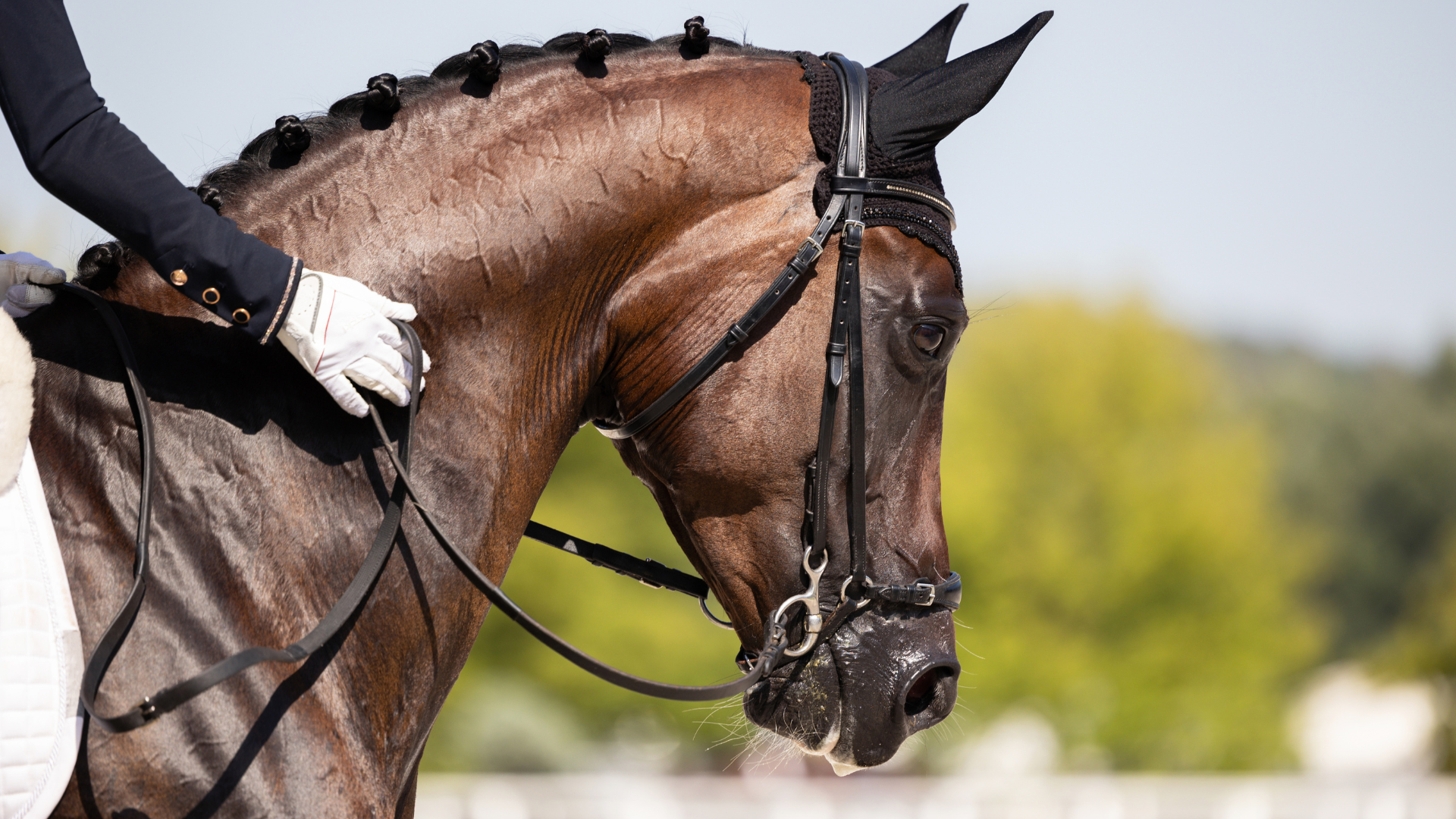
September 22, 2021
Feeding The Equine Athlete
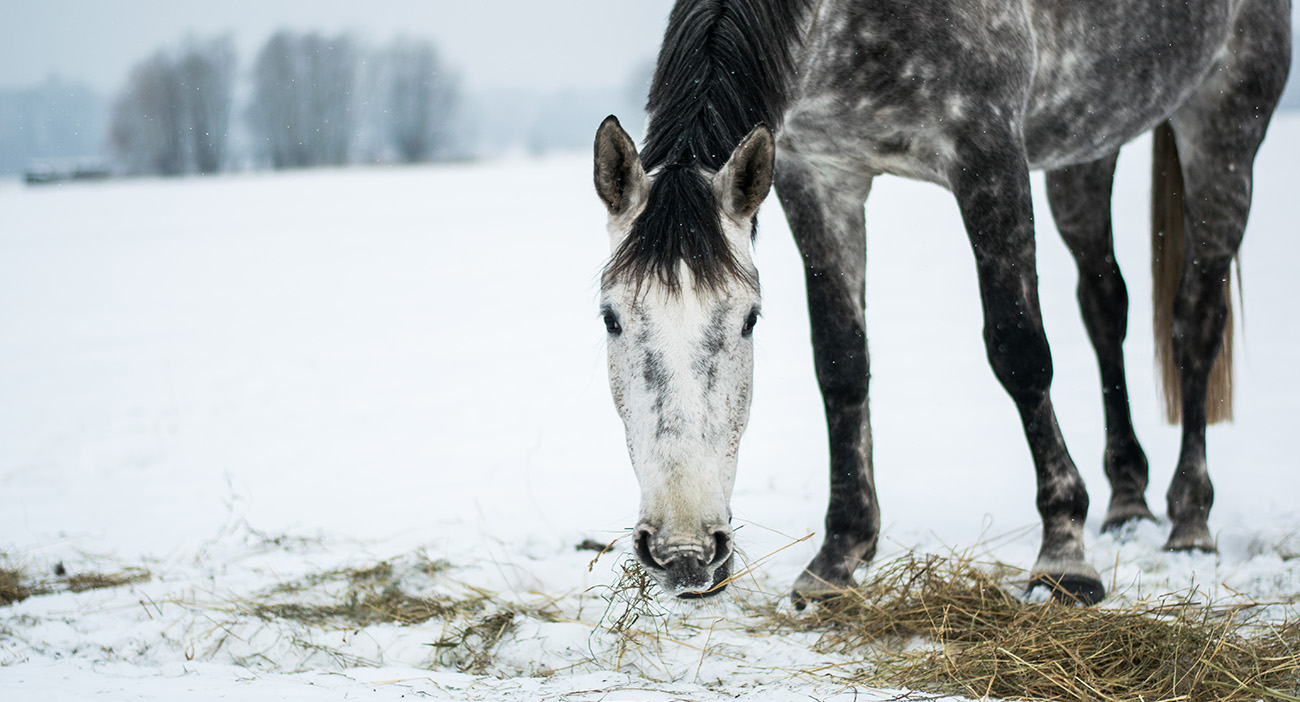
September 7, 2021
How To Feed Your Horse Indoors This Winter
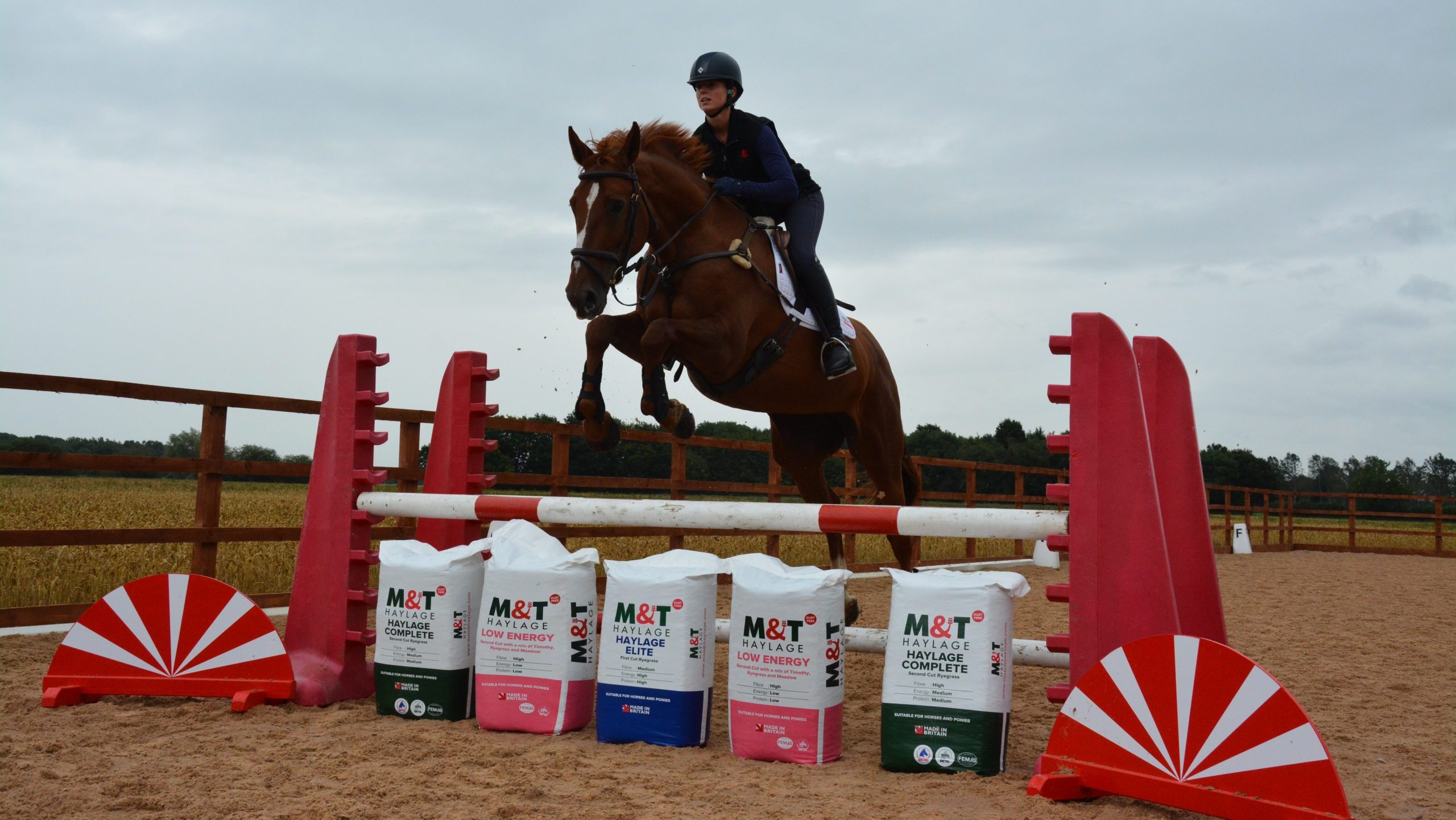
December 7, 2020
Premium Horse Forage: Ask The Nutritionist
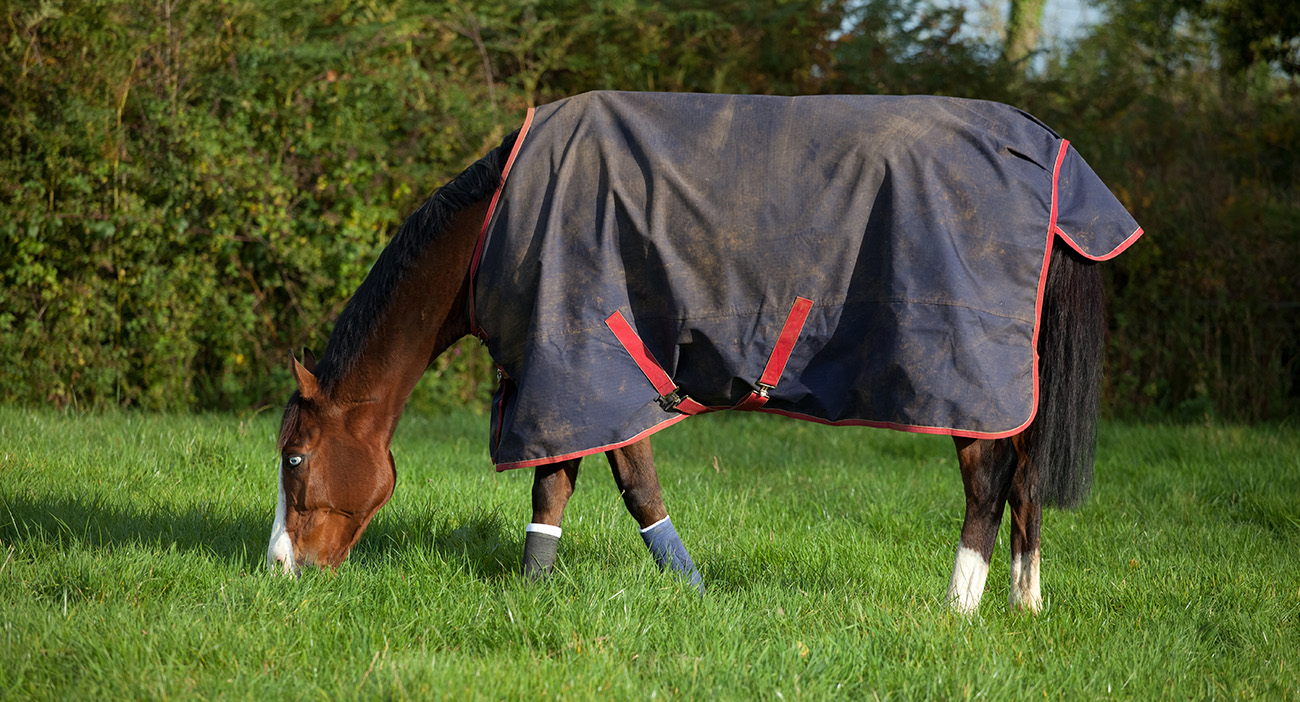
July 9, 2020
Top Tips For Managing Forage For Horses On The Go: Part One
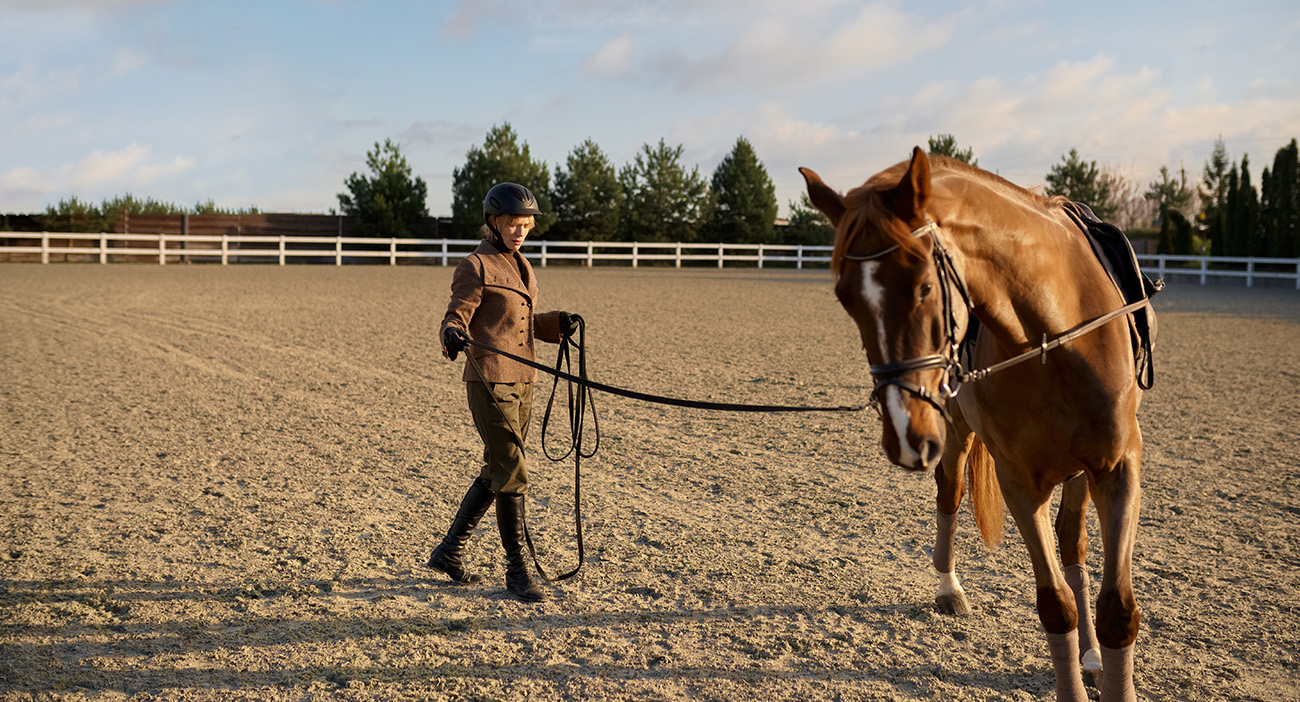
January 16, 2020
Haylage Myth Buster: Nutritionist Top Tips for Horses





